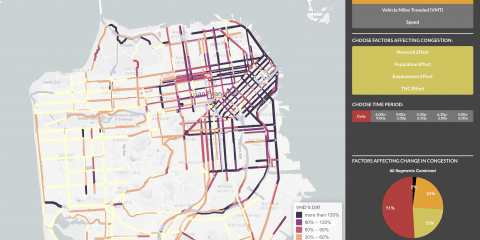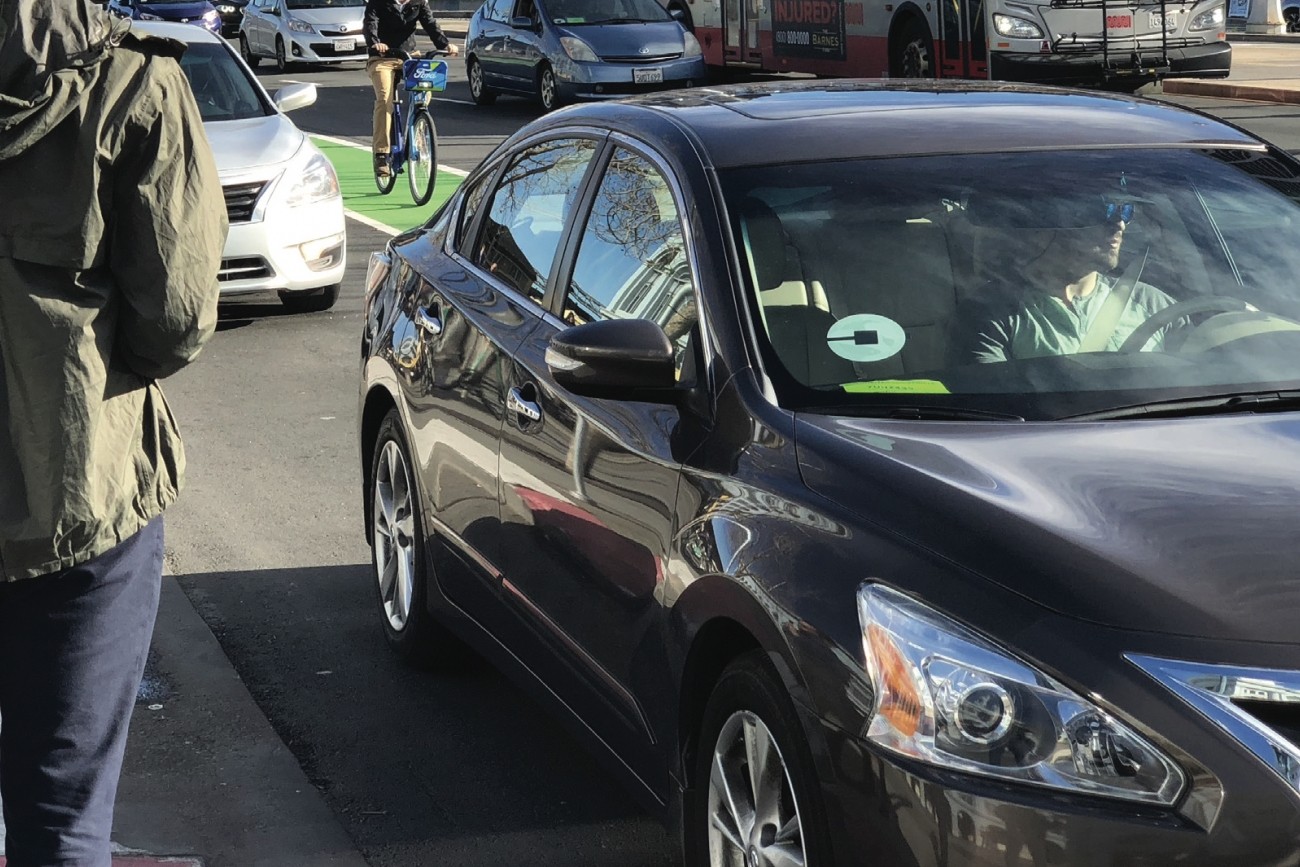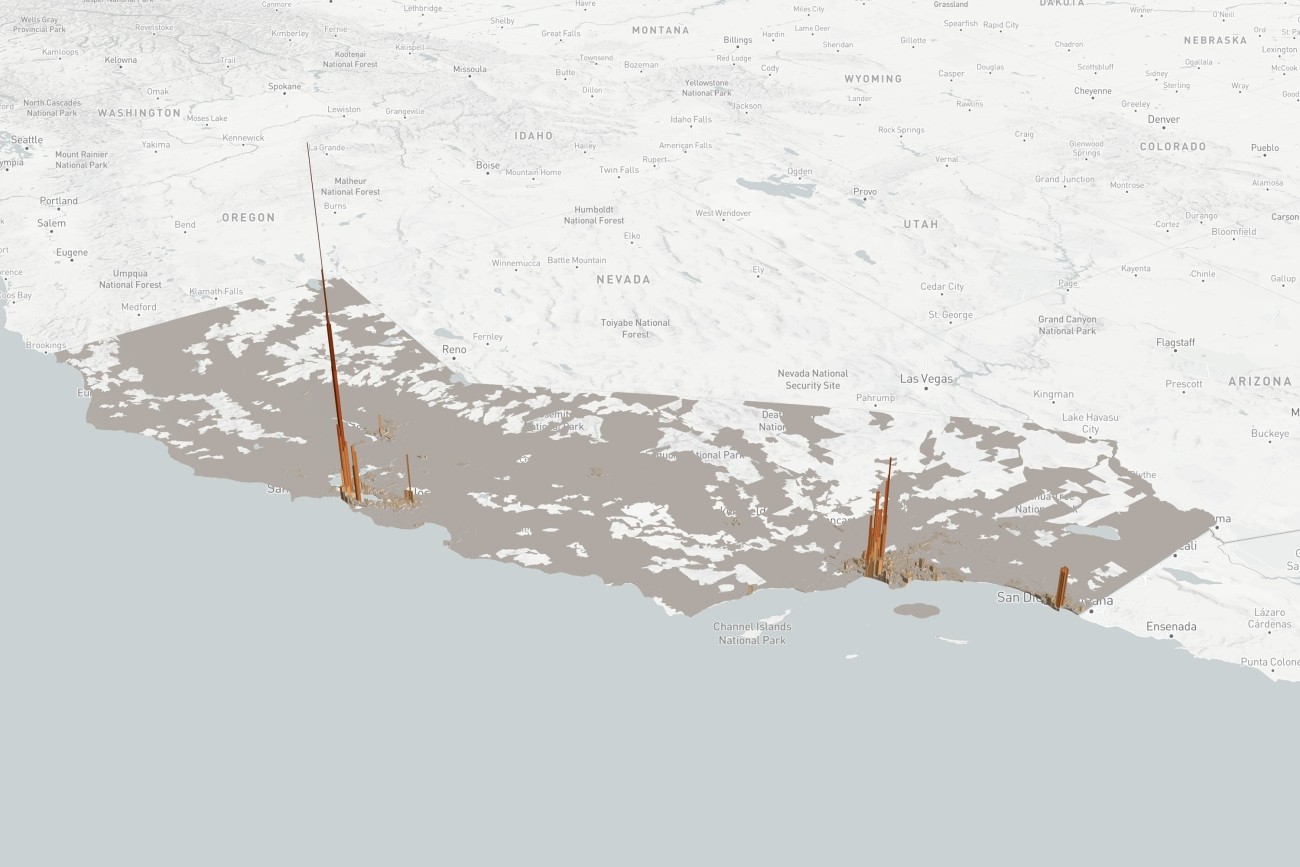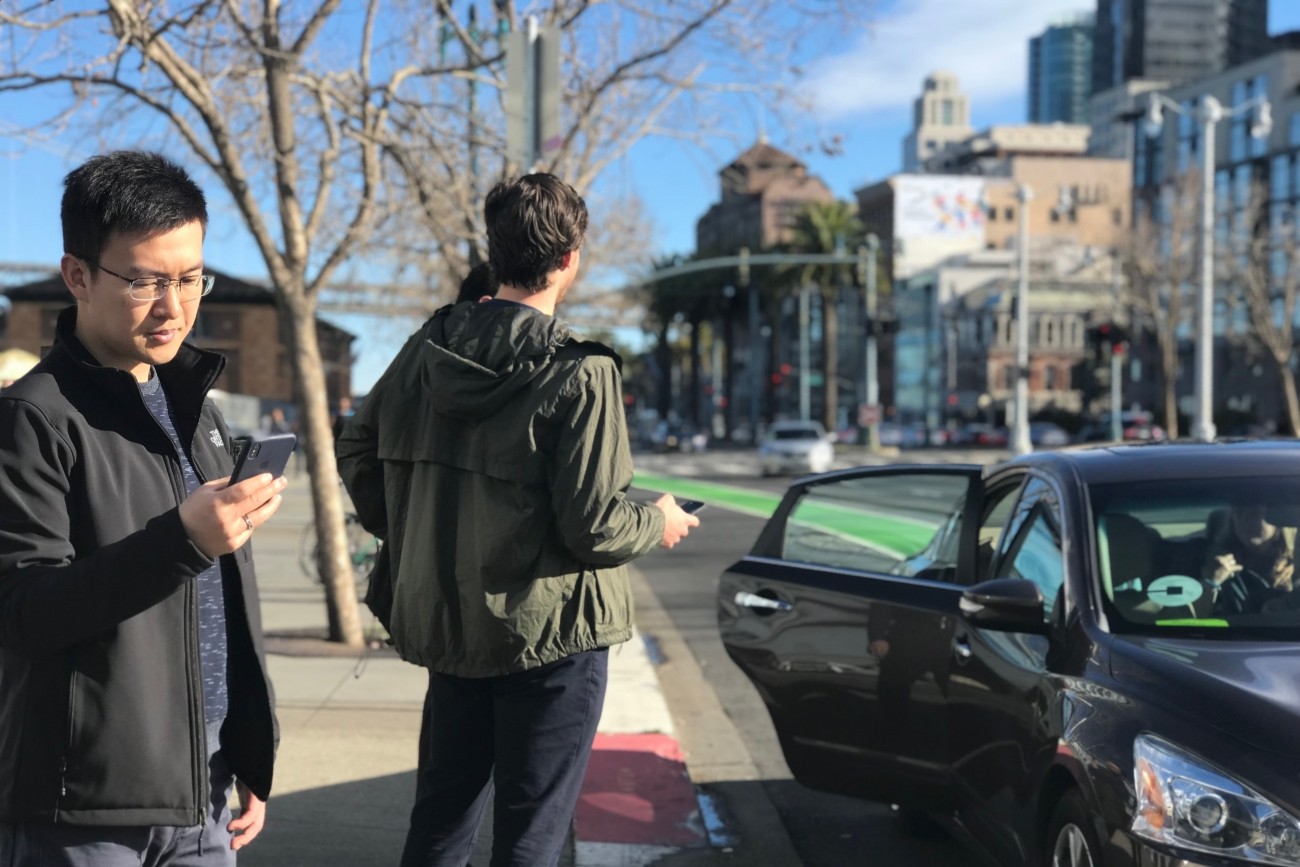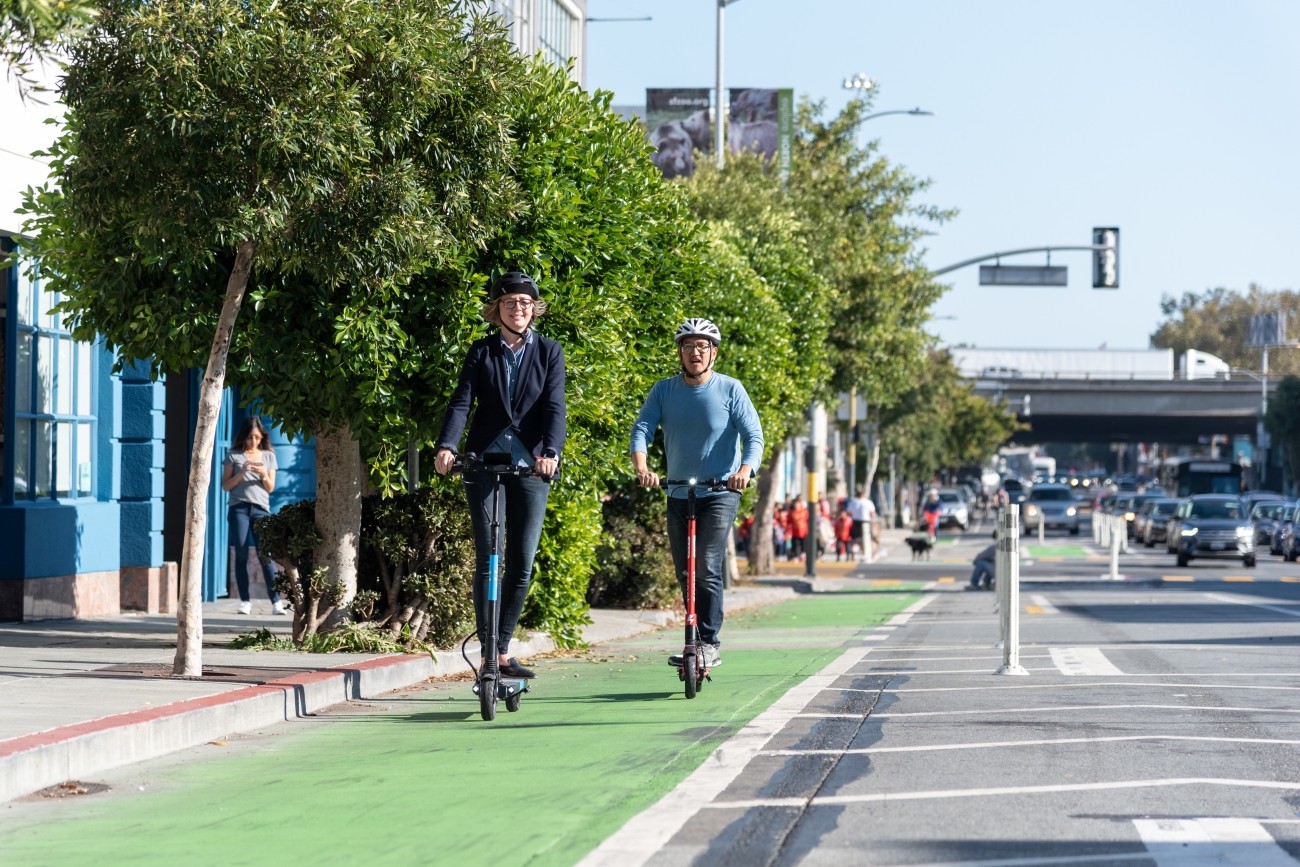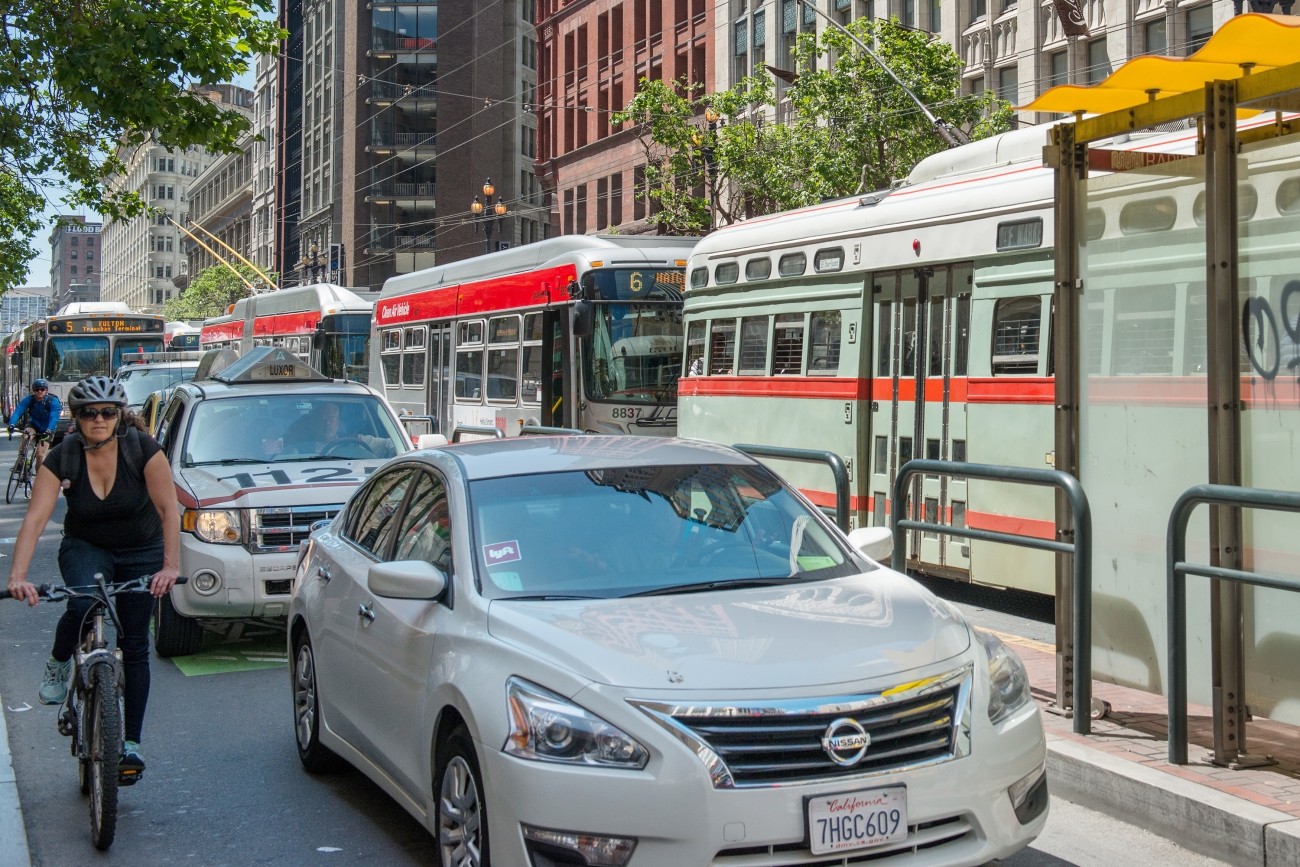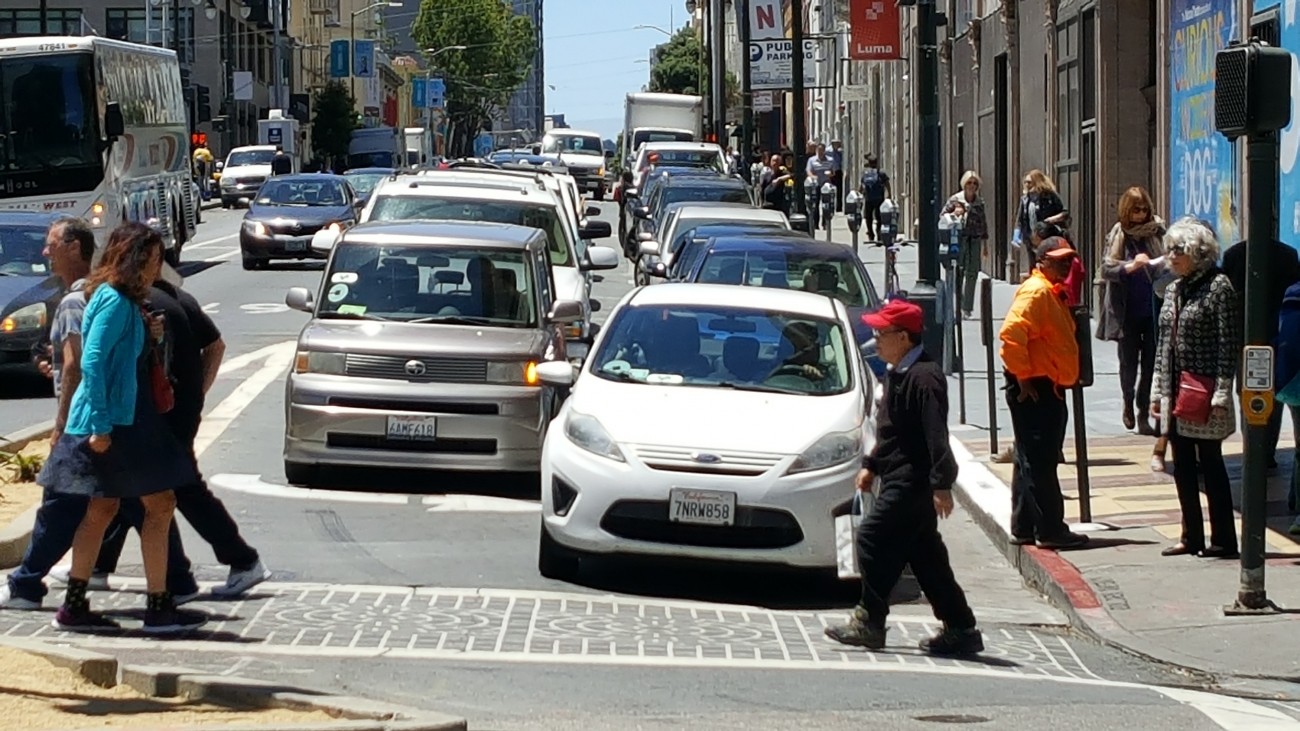
Introduction
Our 2018 TNCs and Congestion report provides the first comprehensive analysis of how Transportation Network Companies Uber and Lyft collectively have affected roadway congestion in San Francisco.
Key Findings
The report found that TNCs accounted for approximately 50% of the rise in congestion in San Francisco between 2010 and 2016, as indicated by three congestion measures: vehicle hours of delay, vehicle miles travelled, and average speeds.
Employment and population growth were primarily responsible for the remainder of the worsening congestion.
Major findings of the TNCs & Congestion report show that collectively the ride-hail services accounted for:
- 51% of the increase in daily vehicle hours of delay between 2010 and 2016;
- 47% of the increase in vehicle miles travelled during that same time period; and
- 55% of the average speed decline on roadways during that same time period.
- On an absolute basis, TNCs comprise an estimated 25% of total vehicle congestion (as measured by vehicle hours of delay) citywide and 36% of delay in the downtown core.
Consistent with prior findings from the Transportation Authority’s 2017 TNCs Today report, TNCs also caused the greatest increases in congestion in the densest parts of the city—up to 73% in the downtown financial district - and along many of the city’s busiest corridors. TNCs had little impact on congestion in the western and southern San Francisco neighborhoods.
The report also found that changes to street configuration (such as when a traffic lane is converted to a bus-only lane), contributed less than 5% to congestion.
Map
Explore a dynamic map of TNCs and Congestion
Resources
Final Report: TNCs and Congestion, 2018 (PDF)
Data Files
Contact
Joe Castiglione, Deputy Director for Technology, Data, and Analysis
Ride-hail companies such as Uber and Lyft are having an increasingly visible presence on San Francisco streets. But until now there has been little information to help the public and policy-makers understand the impact these services are having on our city.
The Transportation Authority and SFMTA are creating a series of reports that will answer key questions about ride-hail companies, also known as Transportation Network Companies, or TNCs. Our first report, TNCs Today, describes the current characteristics of ride-hail companies in San Francisco, including the number, location, and timing of trips. Future reports will assess the existing regulatory landscape, best practices and various impacts of ride-hail companies on:
- Roadway Safety
- Congestion
- Transit Demand
- Transit Operations
- Equity
- Disabled Access
- Land Use and Curb Management
These reports will provide valuable data to help policy-makers understand, assess, and respond to these impacts as we work collectively to provide a range of transportation alternatives that will enhance mobility and reduce greenhouse gas emissions and reliance on private automobiles.
